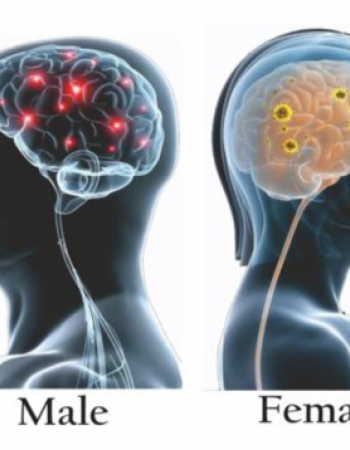Hepatoprotective Effect of Nano Selenium Derived from Neem Leaf Extracts against Infection with Eimeria papillata in C57BL/6 Mice
Hepatoprotective Effect of Nano Selenium Derived from Neem Leaf Extracts against Infection with Eimeria papillata in C57BL/6 Mice
Background: Coccidiosis is considered a protozoan disease affecting wild and domestic animal species which leads to economic losses. Regarding drug resistance, scientists are focused on alternative sources rather than coccidiostats with fewer side effects. Recently, nanotechnology has been a new trend against parasitic infections by manipulating atoms and molecules at the nanoscale. Objectives: This study assessed the hepatoprotective effects of biosynthesized selenium nanoparticles (BSN) derived from Azadirachta indica leaf extracts on biological, biochemical, and oxidative stress markers in mice infected with Eimeria papillata. Materials and Methods: The formation of selenium nanoparticles was achieved using leaf extract from A. indica, and their morphology and size were characterized using scanning electron microscopy (SEM). Twenty-five male C57BL/6 mice were divided into five groups, with 5 mice in each group. The first group received distilled water, while the second group was administered 0.5 mg/kg of BSN. The third, fourth, and fifth groups were infected with the parasite's oocysts. For 5 days, the fourth group received BSN (0.5 mg/kg), and the fifth group was treated with amprolium (120 mg/kg). Oocyst shedding was assessed on day 5 post-infection (p.i.). After sacrificing the mice, the liver and blood from each mouse were collected and processed for histological, biochemical, and oxidative damage analyses. Results: Oocyst shedding in the feces of mice decreased following oral treatment with BSN. Eimeria infection reduced feed consumption to 31.44%, but this increased to 45.57% after BSN treatment. The infection caused significant liver damage, as evidenced by pathological changes and a notable increase in liver function parameters, including glutamic-pyruvic transaminase (ALT), glutamic-oxaloacetic transaminase (AST), alkaline phosphatase (ALP), and direct bilirubin. These parameters improved after treatment with BSN. Additionally, Eimeria infection disrupted nutrient homeostasis. Levels of soluble proteins and carbohydrates in the liver tissue decreased, while blood glucose and total protein levels increased. Treatment with BSN in mice infected with E. papillata significantly improved nutrient homeostasis. Our research also demonstrated that BSN significantly reduced levels of nitric oxide (NO) and hydrogen peroxide (H2O2), while increasing levels of catalase (CAT) and superoxide dismutase (SOD) to help mitigate oxidative damage during Eimeria infection. Conclusion: Our findings demonstrate that BSN has a significant in vivo hepatic response against murine coccidiosis and could be valuable as a coccidiostat in treating the disease.

To investigate the association between HLA-G gene polymorphisms and susceptibility to Sjögren’s syndrome (SS), and to evaluate serum soluble HLA-G (sHLA-G) levels in a Saudi population. HLA-G 14-…

Background: Coccidiosis is considered a protozoan disease affecting wild and domestic animal species which leads to economic losses. Regarding drug resistance, scientists are focused on…

Goldfish (Carassius auratus) gills function as both respiratory and immune-regulatory organs, integrating neuroendocrine and immune responses to environmental stimuli.

